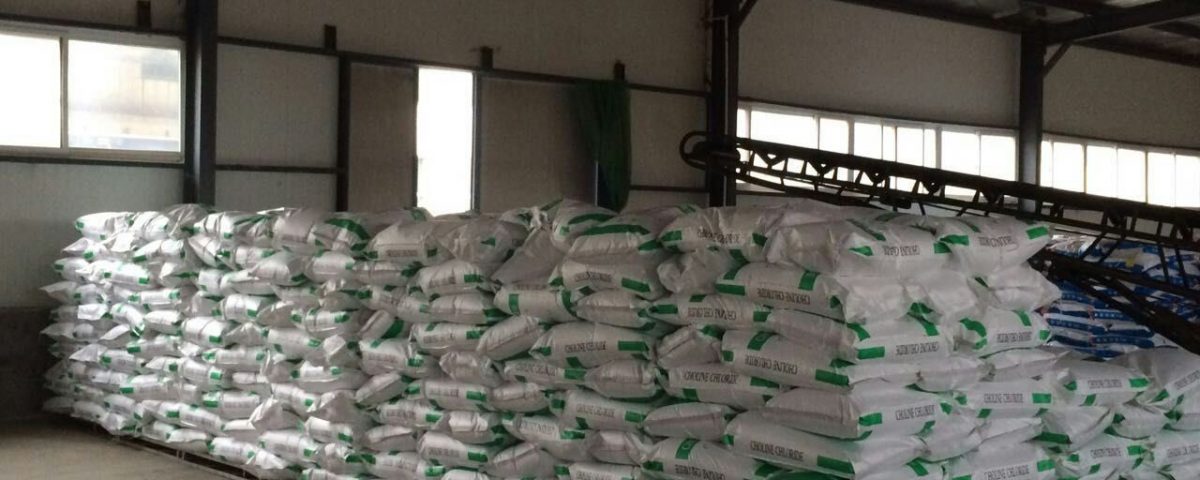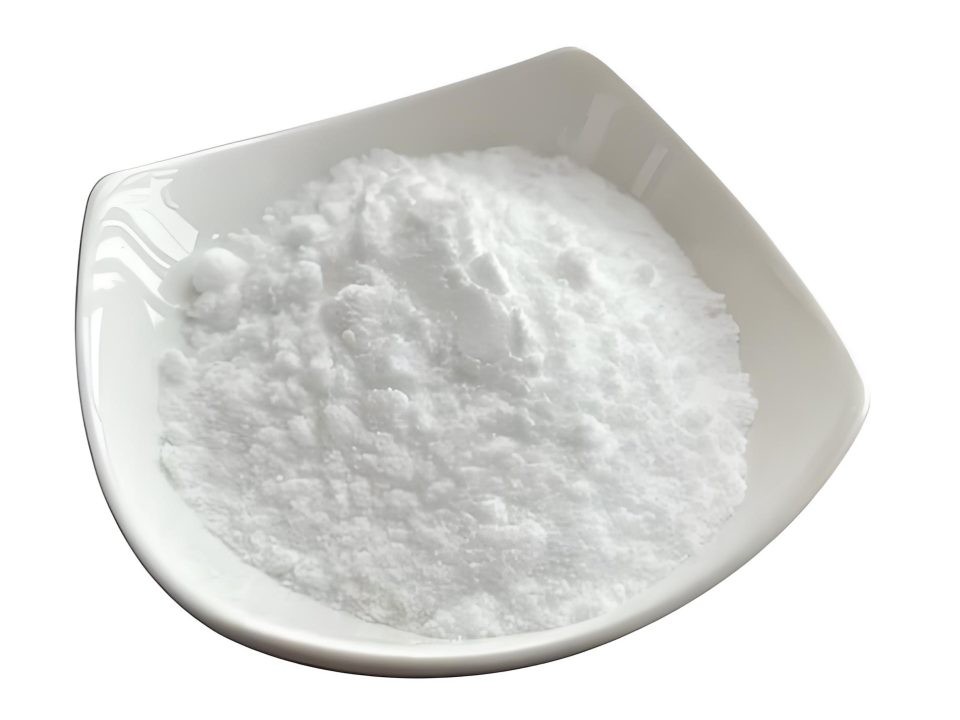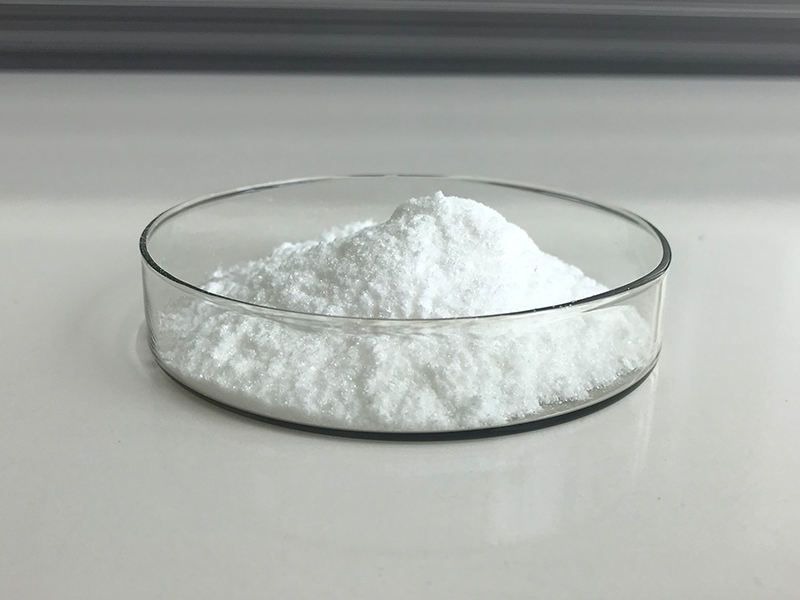Choline Chloride Adulteration Detection and Content Determination

Optimized Formula for Chicken Meal-Based Feed
June 28, 2025
Feed Additives Based on Chicken Liver Powder and Their Preparation Methods
July 25, 2025Choline Chloride Adulteration Detection and Content Determination
CHOLINE CHLORIDE is a basic constituent of lecithin that is found in many plants and animal organs. It is important as a precursor of acetylcholine, as a methyl donor in various metabolic processes, and in lipid metabolism. PubChem CID: 6209 Chemical Names: CHOLINE CHLORIDE; 67-4... Molecular Formula: C5H14NO.Cl or C5H14Cl... Molecular Weight: 139.623 g/mol
Choline Chloride Adulteration Detection and Content Determination: A Scientific Analysis
Introduction to Choline Chloride and Adulteration Challenges
Choline chloride (ChCl), a quaternary ammonium salt, is widely used as a feed additive in animal nutrition and as a dietary supplement due to its role in lipid metabolism, neurotransmitter synthesis, and cell membrane integrity. Its importance in supporting animal growth and human health has led to significant demand, particularly in the global feed industry. However, this demand has also spurred adulteration practices, where substandard or diluted ChCl products are introduced into the market, compromising quality and efficacy. Adulteration typically involves the addition of inexpensive fillers such as urea, ammonium salts, or other nitrogen-containing compounds to mimic the nitrogen content of ChCl, which can mislead standard nitrogen-based assays like the Kjeldahl method. The detection of such adulteration and accurate quantification of ChCl content require robust, selective, and sensitive analytical methods. This analysis explores the scientific principles, methodologies, data comparisons, and challenges associated with ChCl adulteration detection and content determination, emphasizing advanced techniques like high-performance liquid chromatography (HPLC), ion chromatography (IC), and spectrophotometric methods. The goal is to provide a comprehensive understanding of these methods, their specificity, and their practical applications in ensuring product integrity.
Analytical Methods for Adulteration Detection
Detecting adulteration in ChCl products is challenging due to the chemical similarity between ChCl and common adulterants like trimethylamine (TMA) or ammonium compounds, which share cationic properties. Ion chromatography (IC) with suppressed conductivity detection has emerged as a highly selective method for identifying and quantifying ChCl and potential adulterants like TMA. For instance, a study utilizing an IonPac CS12 column with 8.5 mmol/L H2SO4 as the eluent achieved baseline separation of eight cations, including ChCl and TMA, with detection limits of 0.1 mg/L and 0.05 mg/L, respectively. The method’s recovery rates ranged from 99.25% to 102.5%, demonstrating high accuracy and precision. This approach is particularly effective because it avoids interference from other cations (e.g., Na+, K+, Mg2+) commonly found in feed matrices. In contrast, traditional methods like the Kjeldahl nitrogen determination lack specificity, as they measure total nitrogen content, which can be inflated by nitrogen-rich adulterants. Another method, the modified Reinecke’s salt spectrophotometric assay, uses ammonium reineckate as a calibration standard to form a colored choline-reineckate complex, achieving linearity from 0 to 1200 mg/L ChCl with a correlation coefficient (r²) of 0.9995. This method’s limit of detection (LOD) and limit of quantification (LOQ) were 2.83 mg/L and 9.42 mg/L, respectively, making it suitable for detecting low ChCl levels in complex feed samples. These methods highlight the importance of specificity in distinguishing ChCl from adulterants, with IC offering superior resolution for multiple analytes and Reinecke’s salt providing a cost-effective alternative for routine testing.
Content Determination Techniques
Accurate quantification of ChCl content is critical for quality control in feed additives and pharmaceutical formulations. High-performance liquid chromatography (HPLC) coupled with various detection systems is widely used due to its sensitivity and versatility. For example, reversed-phase HPLC with post-column suppression conductivity detection has been developed to quantify ChCl in succinylcholine chloride formulations, achieving a detection limit of 10 pmol. This method uses hexanesulfonic acid as an ion-pair reagent to enhance separation and sensitivity, with post-column cation suppression reducing background conductance. Recoveries were reported at 94–100%, with within-batch and between-batch coefficients of variation (CVs) below 6%, indicating high reproducibility. Alternatively, HPLC with fluorescence detection (HPLC-FLD) has been validated for ChCl quantification in foods, where choline is derivatized with 1-naphthyl isocyanate to form a fluorescent 1-naphthylurethane derivative. This method achieved recoveries of 94–105% and a linear range of 8.9–58.9 μmol/L (r² = 0.998), suitable for biological samples like plasma. In contrast, gas chromatography/mass spectrometry (GC/MS) methods, while sensitive (LOD of 0.885 nmol/L for ChCl), require extensive sample pretreatment, increasing analysis time and complexity. Spectrophotometric methods, such as those using enzyme-coupled reactions with choline oxidase, offer simplicity but may lack the sensitivity of HPLC-based methods, with LODs typically around 4 pmol. Data comparisons show HPLC-based methods generally outperform GC/MS and spectrophotometry in terms of sensitivity and minimal sample preparation, making them preferred for routine ChCl content determination.
Comparative Analysis and Method Selection
Selecting an appropriate method for ChCl adulteration detection and content determination depends on the sample matrix, required sensitivity, and available instrumentation. IC with suppressed conductivity detection excels in feedstuff analysis due to its ability to simultaneously detect ChCl and adulterants like TMA, with high recovery rates (99.25–102.5%) and low detection limits (0.05–0.1 mg/L). However, it requires specialized equipment, which may not be accessible in all laboratories. HPLC-based methods, particularly those with fluorescence or mass spectrometry detection, offer superior sensitivity (LOD as low as 10 fmol for acetylcholine and ChCl) and are well-suited for complex matrices like biological fluids or pharmaceutical formulations. For instance, hydrophilic interaction liquid chromatography (HILIC) coupled with tandem mass spectrometry (LC-MS/MS) can quantify multiple choline-containing compounds in a single run, with linear ranges of 0.02–50 μg/mL and CVs below 6%. Spectrophotometric methods, such as the modified Reinecke’s salt assay, are more cost-effective and simpler, with LODs of 2.83 mg/L, but they are less selective in complex matrices. Comparative data suggest that while IC and HPLC methods provide higher specificity and sensitivity, spectrophotometric methods are viable for routine quality control in resource-limited settings. The choice of method should balance analytical performance with practical considerations like cost, equipment availability, and sample throughput.
Challenges and Future Directions
Despite advancements, challenges persist in ChCl analysis, particularly in detecting low-level adulterants in complex matrices like feeds or biological samples. Non-specific methods like Kjeldahl remain widely used in some regions due to their simplicity, but they are prone to overestimating ChCl content in the presence of nitrogenous adulterants. Emerging techniques, such as electrochemical biosensors using nanomaterials like carbon nanotubes or metal oxides, show promise for rapid, on-site detection with LODs as low as 58 μM for organophosphate-related inhibition of choline oxidase. However, these methods are still in development and require validation for routine use. Another challenge is the variability in ChCl forms (e.g., free choline, phosphocholine) in biological samples, necessitating hydrolysis steps to release free choline, which can introduce variability (e.g., 93–105% recovery in acid hydrolysis). Future research should focus on developing standardized protocols for sample preparation and universal methods that can simultaneously detect ChCl and a broad range of adulterants with minimal pretreatment. Additionally, integrating artificial intelligence with spectroscopic or chromatographic data could enhance adulteration detection by identifying subtle chemical signatures. These advancements would improve the reliability and accessibility of ChCl analysis, ensuring the safety and efficacy of feed and pharmaceutical products.






